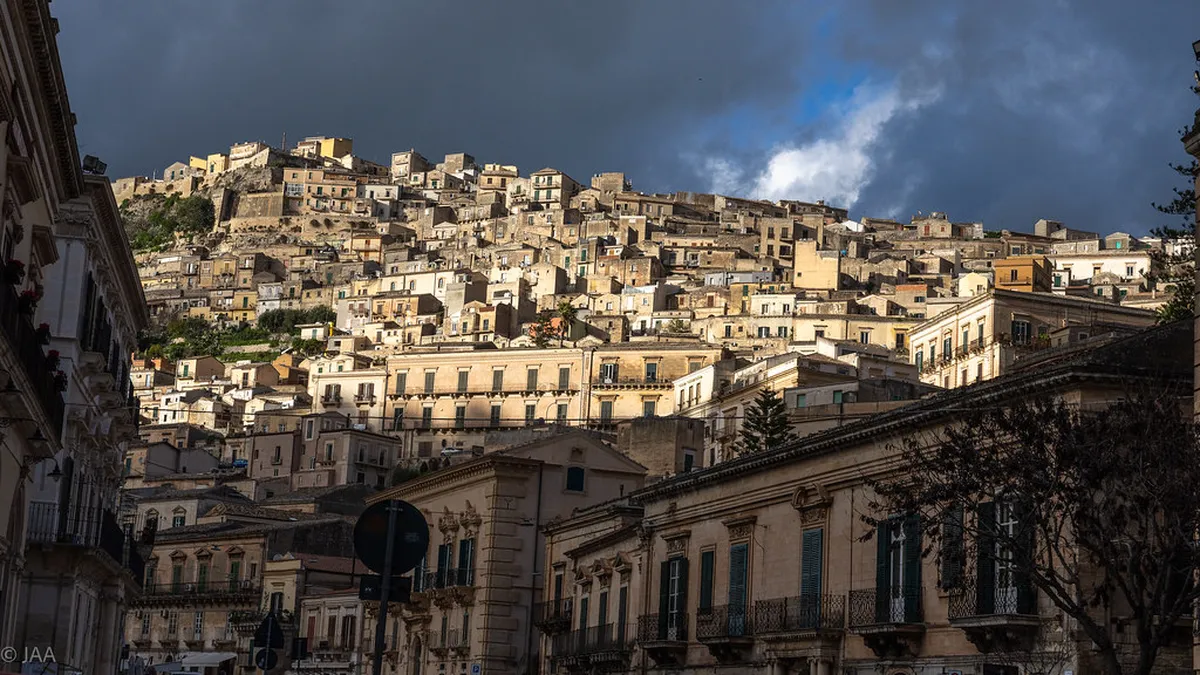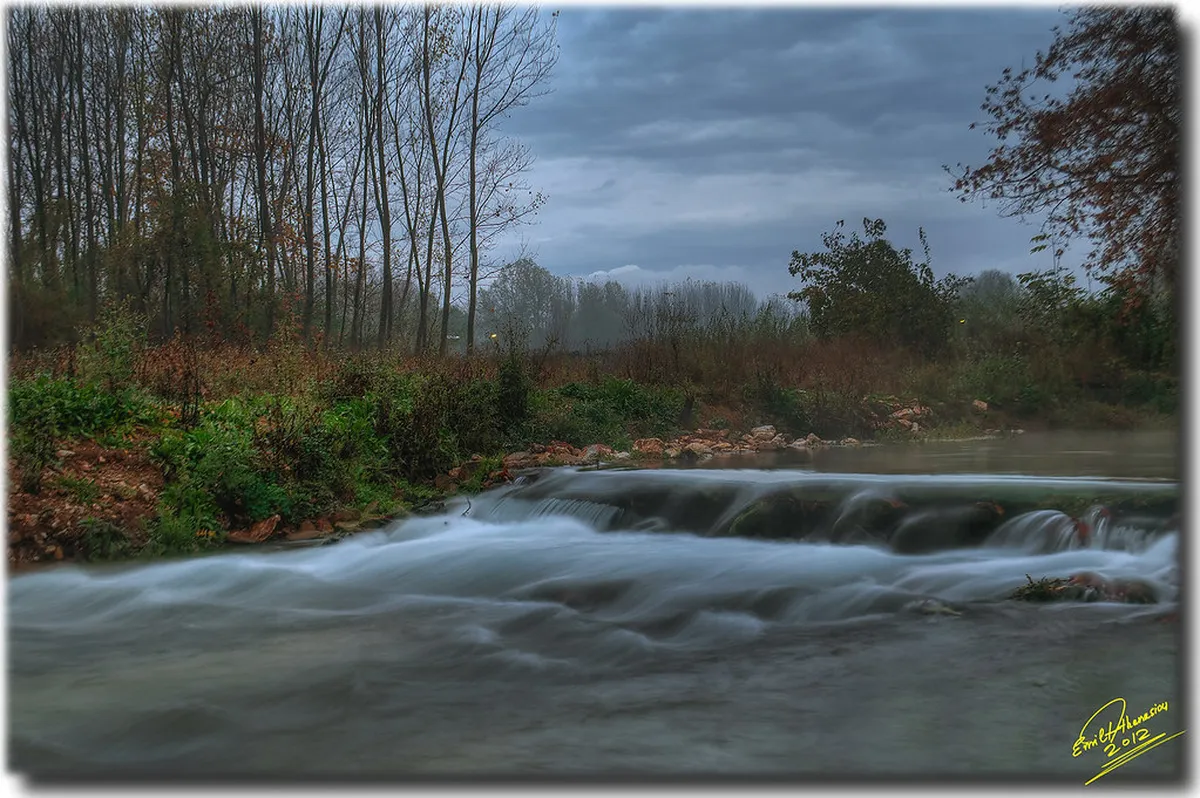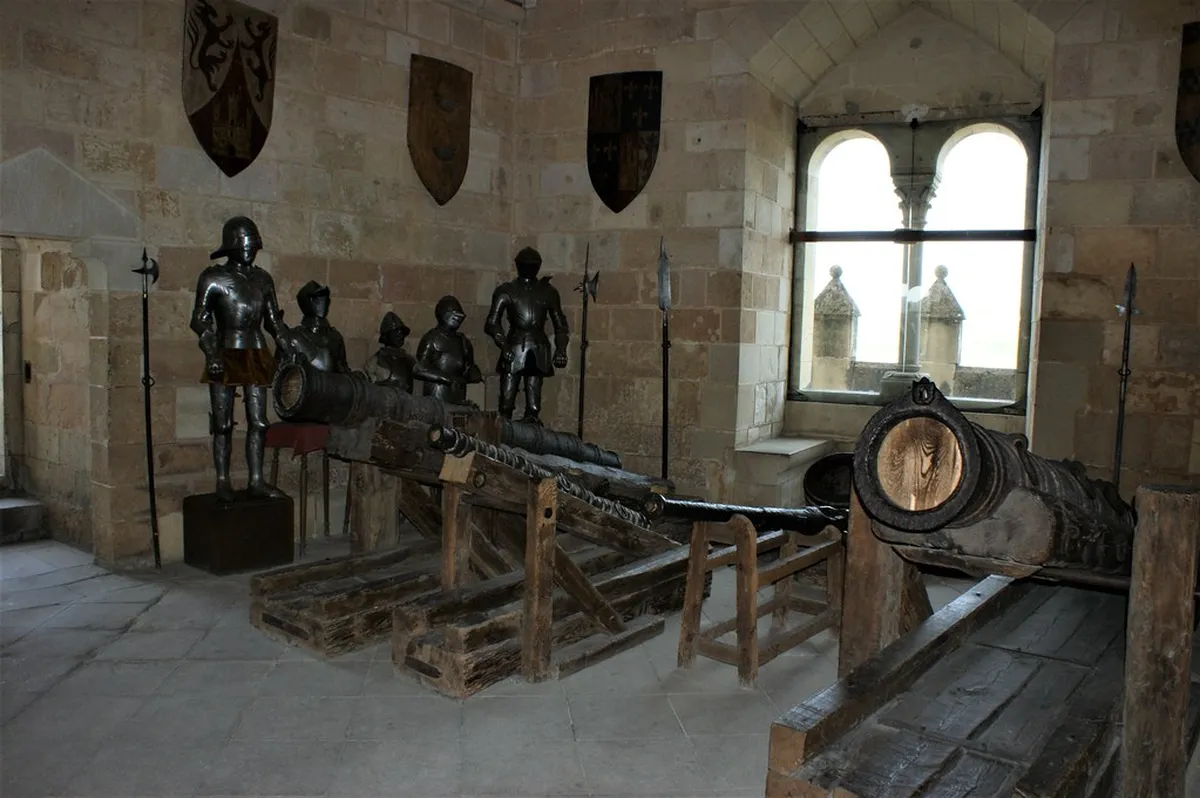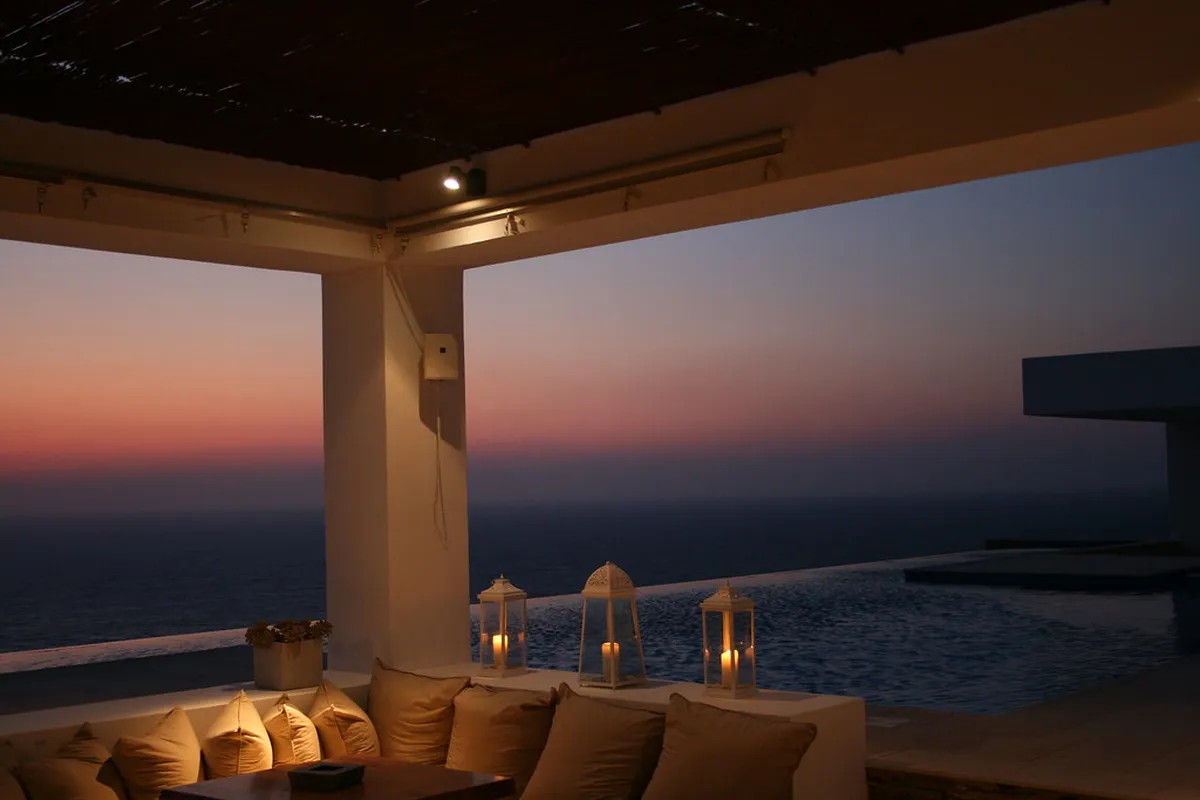Discover Modica's Baroque Architecture Masterpieces
Modica, a true Sicilian jewel, proudly presents its baroque architecture highlights. This UNESCO World Heritage site fascinates visitors from around the globe. Its breathtaking, dramatic setting creates a unique charm. Prepare for an unforgettable journey through history.
A devastating earthquake reshaped the city in 1693. This catastrophe led to a magnificent baroque rebuilding effort. Today, Modica boasts incredible churches and palaces. Discover the best of Modica's baroque treasures. You can plan your visit for 2025 now.
Duomo di San Giorgio: The Modica Baroque Icon
Plan this trip faster with our free online itinerary maker. Get a personalized day-by-day plan in minutes.
This majestic cathedral stands as Modica's most famous landmark. It is reverently dedicated to Saint George, the city's patron saint. The Duomo beautifully showcases opulent Sicilian Baroque design. Its dramatic, sweeping staircase invites endless admiration.
The facade features five imposing portals. Elaborate sculptures adorn its exterior. Inside, three naves reveal rich artistry. Admire the exquisite altars and detailed frescoes. The grand organ is also a sight to behold.
Its construction spanned many decades after the 1693 earthquake. Rosario Gagliardi is credited with much of its design. The Duomo truly represents an architectural masterpiece. It offers breathtaking views from surrounding points.
Entry is typically free for visitors. Donations help maintain this historic site. Location: Piazza San Giorgio. Hours: Generally 9 AM - 1 PM and 4 PM - 7 PM. Always confirm local schedules for your 2025 visit.
Consider visiting during the morning hours. The natural light best illuminates the facade. This stunning structure is a must-see. It anchors any Modica walking tour. You will appreciate its unique grandeur. Explore Modica's best sights, starting with this marvel.
Chiesa di San Pietro: Baroque Grandeur and Artistry
The Church of Saint Peter (Chiesa di San Pietro) is another significant baroque treasure. It is conveniently located in Modica Bassa. This church presents a distinct architectural expression. Its impressive facade captivates all visitors.
A flight of twelve statues lines its grand entrance. These apostles warmly greet you as you approach. The church's interior is equally splendid. Marvel at its intricate stucco work and frescoes. Many important artworks are carefully housed inside.
San Pietro offers a deep dive into local history. It historically rivaled San Giorgio for centuries. Both churches highlight Modica's rich spiritual past. Admission is usually free of charge.
You can often find local craft markets nearby. These markets offer unique souvenirs. Enjoy the lively atmosphere of Corso Umberto I. The area buzzes with activity.
Location: Corso Umberto I. Hours: Similar to San Giorgio; check schedules for 2025. It is easily accessible within the lower town. Combine your visit with a stroll. You can find excellent Modica food options very close by. It is a wonderful spot for Modica evening activities.
Palazzo Grimaldi: Noble Residences and Modica's History
Beyond its churches, Modica boasts magnificent baroque palaces. Palazzo Grimaldi stands out as a prime example. This elegant building reflects the city's noble past. Its architecture cleverly blends classical and baroque elements.
The palace's exterior features ornate, wrought-iron balconies. Intricate stone details beautifully adorn its windows. Inside, you discover lavish rooms and decorations. This grand residence now hosts cultural events. Sometimes, exhibitions are open to the public.
Check for any scheduled openings in 2025 before your visit. Public access might be limited at times. You can always admire its grandeur from outside. It serves as a testament to Modica's past wealth. Planning your budget should include potential entry fees for such sites.
Location: Via Clemente Grimaldi. It is nestled charmingly within the historic center. The surrounding narrow streets are a delight. Exploring them on foot is highly recommended. Consider staying in a renovated historic building for a true Modica experience.
Many other private baroque residences exist throughout Modica. Keep an eye out for these hidden gems. Each structure contributes to Modica's unique charm. They offer a rich tapestry of the city's history.
Exploring Modica Alta and Modica Bassa's Baroque Charm
Modica is naturally divided into two distinctive parts. Modica Alta (Upper Modica) dramatically perches on a hillside. Modica Bassa (Lower Modica) lies gently in the valley below. Both areas showcase stunning baroque buildings.
Duomo di San Giorgio magnificently dominates Modica Alta. Narrow, winding streets characterize this historic area. Many ancient steps connect different levels of the town. Wear comfortable, sturdy shoes for exploring here.
This ascent to Modica Alta offers incredible vistas. You will see panoramic views of the entire city. The intricate urban fabric unfolds below you. It truly highlights the ingenuity of baroque planners.
Modica Bassa centers around the vibrant Corso Umberto I. Chiesa di San Pietro is a prominent feature here. This bustling area offers numerous shops and cafes. It is generally easier to navigate on foot. Both sections offer distinct architectural experiences.
Consider taking a local bus to navigate Modica Alta. This helps conserve your energy. The views from the top are truly unparalleled. Do not miss the chance to experience both unique areas. A self-guided walking tour is highly recommended for discovery.
The Val di Noto: Baroque Cities and Modica's Role
Modica forms a crucial part of the Val di Noto region. This remarkable area includes several UNESCO World Heritage towns. All were painstakingly rebuilt in a cohesive Baroque style. Noto, Ragusa Ibla, and Scicli are conveniently nearby.
Each city presents unique baroque architectural interpretations. Noto is renowned for its uniform golden splendor. Ragusa Ibla offers a dramatic hilltop setting. Scicli provides a more intimate and charming experience. Modica stands out with its breathtaking gorge location.
Consider extending your trip with a day trip to these other towns. It will significantly deepen your understanding. You will truly appreciate the scale of baroque reconstruction. Discover top day trips from Modica.
Renting a car is ideal for exploring this captivating region. Public transport links are certainly available. However, a car offers much greater flexibility. Plan for about 30-60 minutes driving between these beautiful towns.
Visiting these diverse sites provides a comprehensive view. It clearly highlights the importance of Sicilian Baroque. The entire region is an architectural marvel. Make sure to factor in ample travel time for your 2025 plans. Integrate these stops into your Modica itinerary.
Practical Tips for Your Modica Baroque Tour
Planning your visit to Modica's baroque sites is easy. Wear comfortable walking shoes. Many streets are steep, with numerous steps. Hydrate frequently, especially during warmer months.
The best time to visit is during spring or fall. Temperatures are milder and crowds are smaller. Summer can be very hot and busy. Check the best time to visit Modica for current advice.
Consider purchasing the Val di Noto card if available. This card may offer discounts. It helps with entry to multiple sites. Check at the Modica tourist information office.
Many churches have specific opening hours. They might close for lunch. Always confirm schedules beforehand. A small donation is often appreciated. It helps with site maintenance.
Book accommodations in advance, especially for peak season. Find the best Modica hotels to suit your style. Staying centrally makes early morning explorations easier.
Frequently Asked Questions
What is the best way to experience Modica's baroque churches?
The best approach is a self-guided walking tour. Begin at Modica Alta, starting with Duomo di San Giorgio. Then descend to Modica Bassa for Chiesa di San Pietro. Comfortable shoes are essential for the many steps. Allow a full morning or afternoon for this immersive experience. Find a comprehensive self-guided walking tour here.
Are there any guided tours focusing on Modica baroque architecture?
Yes, several knowledgeable local guides offer tours. These tours provide deeper historical and architectural insights. Inquire at the Modica tourist information office for recommendations. They can suggest reputable, licensed guides. Booking in advance for 2025 is highly advisable.
What makes Modica's baroque unique compared to other Val di Noto towns?
Modica's unique, dramatic setting is its key feature. It is built along a deep, picturesque gorge. This creates a spectacular tiered city appearance. The division into Modica Alta and Modica Bassa further adds character. Discover a first-timer's itinerary to fully appreciate this.
Is Modica's famous chocolate part of its baroque heritage?
While not directly baroque architecture, Modica chocolate is deeply historical. It follows an ancient Aztec tradition. This tradition was brought by the Spanish during their rule. Many baroque-era buildings house chocolate shops. Consider a Modica chocolate tasting experience.
How can I best navigate the steep streets of Modica?
Comfortable footwear is absolutely crucial. Utilize the numerous public stairs and pathways. Local buses also connect Modica Alta and Bassa. They offer a convenient way to ascend. Taking a bus helps save your energy. Learn more about navigating Modica efficiently.
Modica offers an unparalleled baroque experience. Its stunning architecture tells a compelling story. From grand cathedrals to noble palaces, beauty awaits. This 2025 guide helps you explore.
Immerse yourself completely in this historical gem. Each winding street reveals artistic wonders. Make your trip to Sicily truly memorable. Start planning your Italian adventure now. Consider our detailed Modica itinerary for seamless travel.
Key Takeaways
- Wear comfortable shoes for Modica's steep and numerous steps.
- Visit both Duomo di San Giorgio and Chiesa di San Pietro.
- Consider a day trip to other Val di Noto baroque towns.



